KCeL HyFlex
KCeL HyFlex
What is HyFlex?
Short for hybrid flexible, HyFlex courses were first created in 2006, in order to provide students with the greatest number of course delivery options. In a HyFlex course, students select the mode of delivery that works best for them for each class meeting. Students have the option of participating in the class by attending an on campus, face to face meeting, or a live synchronous session, or conduct the lesson asynchronously for each class session. In the HyFlex model, students are never required to come to campus.
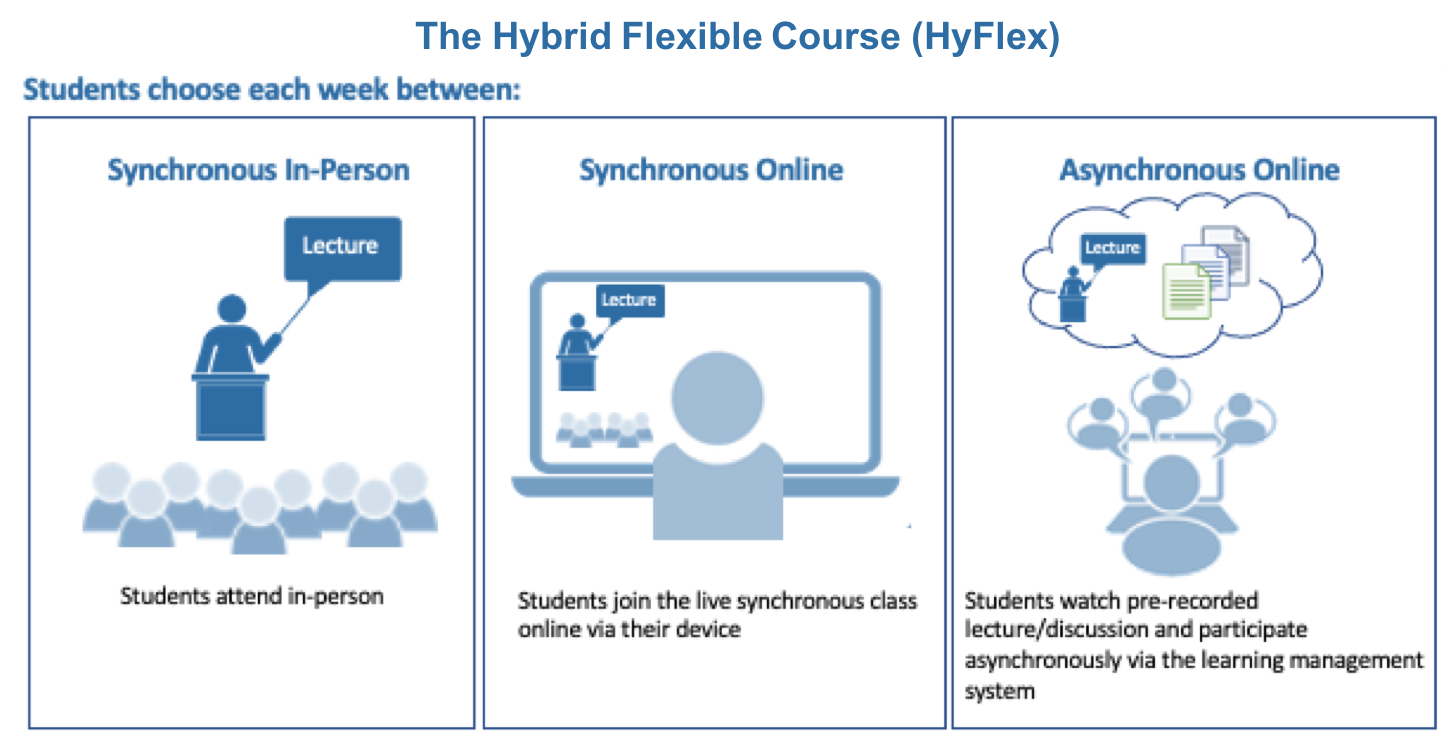
What are the foundational principles of HyFlex course design?
The HyFlex course design is built upon four fundamental values1:
- Learner Choice: students select the participation mode weekly that fits their needs
- Equivalency: whatever mode the student selects, the instructor has designed the course with the aim of equivalent learning in all three options (face to face, online synchronous, and online asynchronous)
- Reusability: the class materials, such as videos, discussion forums, and journals can be used for the multiple modes of delivery in a HyFlex course.
- Accessibility: the learning materials are readily available to the student regardless of the delivery mode they select.
What is the CUNY HyFlex Pilot?
The CUNY HyFlex pilot began in late spring 2021. Interested faculty participated in a CUNY-wide professional development seminar. Each participating campus designated two campus liaisons, representing Academic Affairs and IT. The KCC campus liaisons are Asif Hussain and Loretta Brancaccio-Taras
What is the CUNY definition for HyFlex and how are courses designated as HyFlex?
The campus liaisons developed the following working definition for HyFlex at CUNY:
To provide students with more options to access a high-quality education, several CUNY colleges and schools have partnered to pilot HyFlex courses during the academic year 2021-2022. A HyFlex course gives students the ability to choose to attend class sessions either face-to-face or online (e.g., synchronous, asynchronous). The number of modalities available to students will vary from course to course. Contact your instructor for more details about this HyFlex course, including the available modalities.
In CUNYFirst, HyFlex courses are offered through a Hybrid modality and then are designated with the attribute HyFlex. Students can see the HyFlex definition through the Class Notes feature of CUNYFirst.
How do you design a HyFlex course?
Designing HyFlex courses requires thinking about the learning activities students will participate in depending on the delivery mode they select. As with any strong course design, the thinking begins with what you want students to achieve (the stated learning outcomes). Then, activities for the face to face, online synchronous,and asynchronous students need to be developed. Finally, all students should be assessed in the same way to determine if they have achieved the stated learning outcomes. (Table 1)
|
Week |
Stated Learning Outcomes |
Online Activity |
In-class Activity |
Asynchronous Activity |
Assessment |
|
1 |
Outcome 1.1 |
|
|
|
|
|
Outcome 1.2 |
|
|
|
|
|
|
Outcome 1.3 |
|
|
|
|
|
|
|
|||||
|
2 |
Outcome 2.1 |
|
|
|
|
|
Outcome 2.2 |
|
|
|
|
|
|
Outcome 2.3 |
|
|
|
|
|
|
|
|||||
|
3 |
|
|
|
|
|
|
|
|||||
|
4 |
|
|
|
|
|
Table 1: HyFlex Course Design Guide
What technology is available in a HyFlex classroom?
HyFlex courses require a complex classroom environment for video/audio live streaming and student participation in discussions and other class activities.
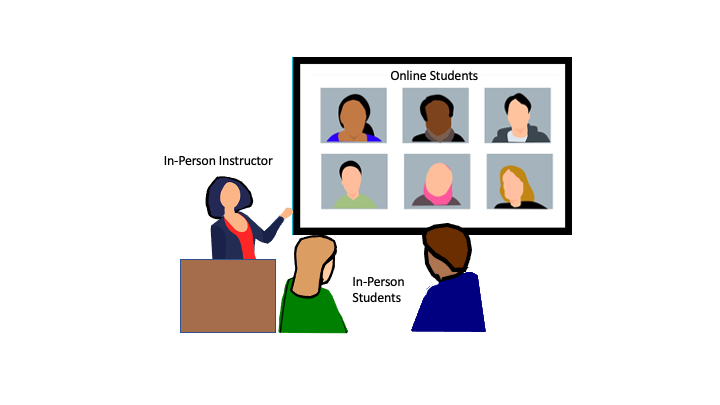
The required technology includes:
- video and audio live streaming, including live captioning. Two live streaming video
cameras are an added benefit so that the instructor can more readily move throughout
the room while still maintaining interaction with the online and in class students.
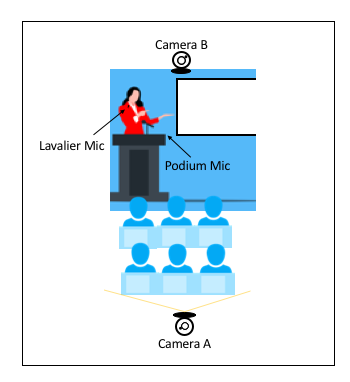
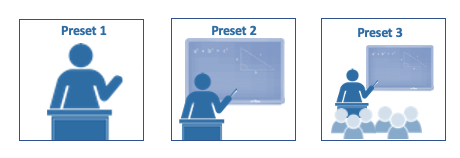
- a very large monitor so that the instructor and students can communicate
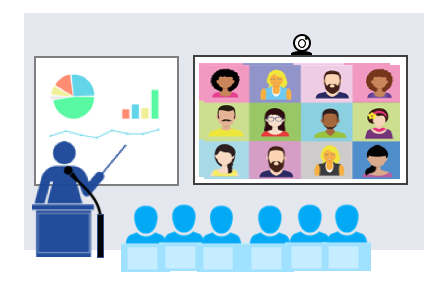
Resources
- CUNY HyFlex website
- https://philonedtech.com/covid-19-planning-for-fall-2020-a-closer-look-at-hybrid-flexible-course-design/
- 2. Beatty, B.J. (2021)Hybrid-Flexible Course Design: Implementing student-directed hybrid classes
- 7 Things you Should Know about a HyFlex Course
Assessment of HyFlex
- Lightner, C. A. & Lightner-Laws, C. A. (2016). A blended model: Simultaneously teaching a quantitative course traditionally, online, and remotely. Interactive Learning Environments, 24(1), 224-238, https://doi.org/10.1080/10494820.2013.841262
- Liu, C. A. & Rodriguez, R.C. (2019). Evaluation of the impact of the HyFlex learning model. International Journal of Innovation and Learning, Inderscience Enterprises Ltd, 25(4), 393-411. https://doi.org/10.1504/IJIL.2019.10016648
